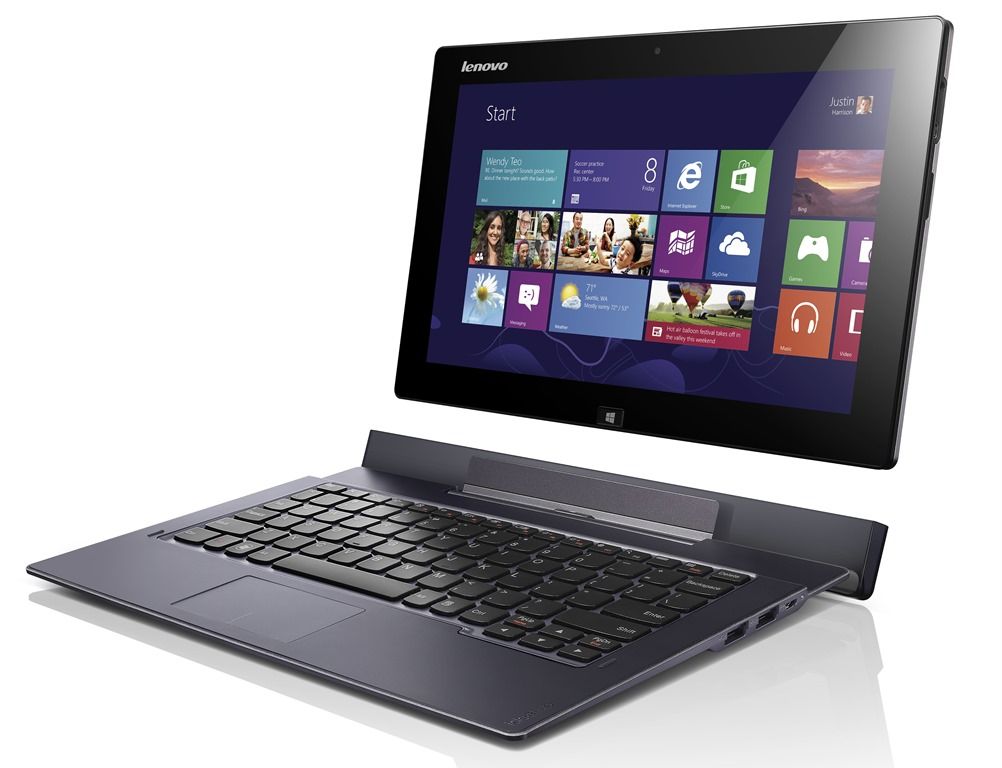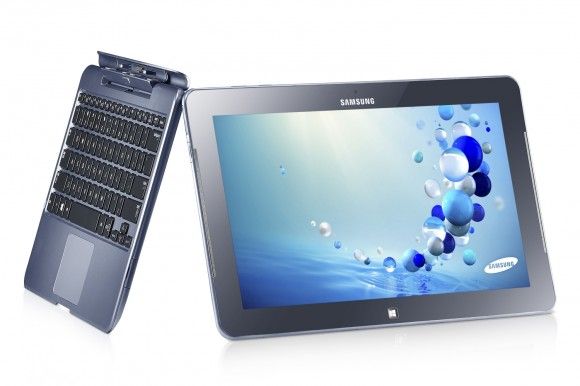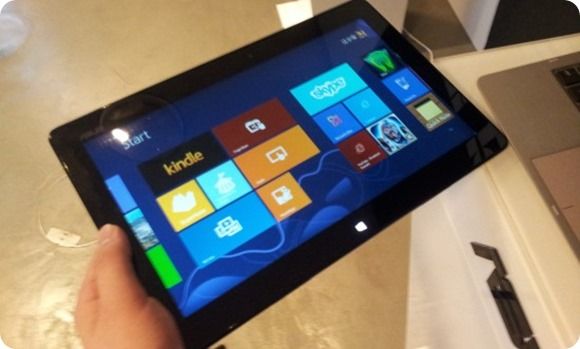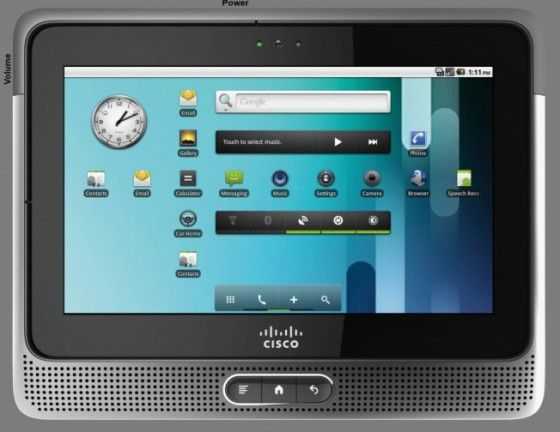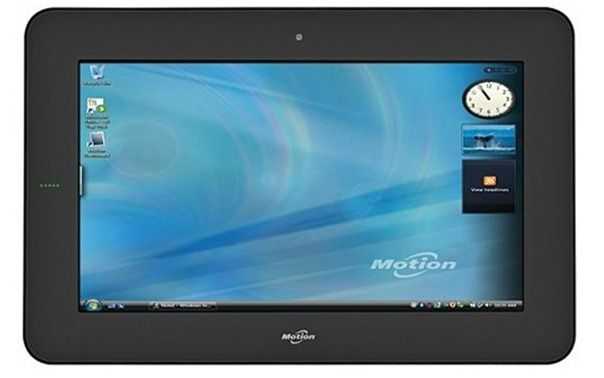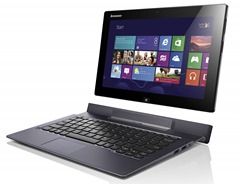 Early reviews of CloverTrail devices are positive and that’s making investors and analysts sit up and take note. Deutsche Bank have just issued a note to their customers saying some very positive things about the platform and notes that it is competitive against ARM-based solutions.
Early reviews of CloverTrail devices are positive and that’s making investors and analysts sit up and take note. Deutsche Bank have just issued a note to their customers saying some very positive things about the platform and notes that it is competitive against ARM-based solutions.
Tag Archive | "intel atom"

How I Learned To Love the Atom. Samsung Smart PC XE500T Review
Posted on 20 November 2012
Reviewed by Osiris
Many thanks to Osiris for the review which was sent to us a few days ago. Osiris is a Samsung ATIC SmartPC owner and has submitted this review as a guest post.
For the last decade I have had an on-going, on and off again, love-hate relationship with Windows based tablets. Some of these tablets have included and spanned hefty Windows XP tablets, tiny Vista based tablets right through to modern more effective Windows 7 tablets. Despite these varieties and many more shapes and sizes, typically over this time the same limits have persistently dogged these tablets; poor battery life, heavy weight, poor performance and high niche pricing. In many instances the latter two were forgivable; however trying to use a tablet for day to day, study or business purposes with the first two deficiencies makes it an uphill – and often – inconvenient battle. With the advent of Windows 8 another era of hope and optimism dawns over the Windows tablet landscape. Promises of light devices providing all day battery, choices of performance at all levels and a true windows experience in a mobile platform abound. I am familiar with these promises from almost every generation of Windows tablets since their inception, the question is could this year finally be the year it all comes true? The short answer is Yes…but we are still in an era of compromise, this goes for all tablets.Keep that in mind as I will speak more about that at the end although without further delay let’s get into looking at our first Atom clover trail based Windows 8 tablet, the Samsung Smart PC.

ASUS Vivo Tab. 11.6” is not quite the Ultraslate
Posted on 29 August 2012
It looks great and is likely to come at a great price but the ASUS Vivo Tab isn’t quite the ASUS Transformer Book as although it runs a full WIndows 8 build, it’s a low-power (and probably lower cost) Intel Atom-based tablet with docking keyboard.
Information on the ASUS Vivo Tab is coming in from all angles at the moment as it’s just been announced at a press conference. There will be a “RT’ ARM-based version too and there’s talk of a pen-capable display.
More images at MobileGeeks.
We’ll try and bring you more on the ASUS Transformer Book soon. It’s a similar convertible with a 13.3”or even 14” screen that runs on an Ultrabook-like platform of Intel Core CPU.

Testing Windows 8, Thinking about Mobile Productivity
Posted on 05 March 2012
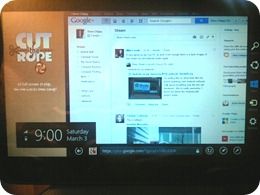 I’m in Hannover, Germany, for CeBit and as I start this article, Sascha Pallenberg of Netbooknews.com is sitting on the other side of our ‘blog apartment’ watching the Windows 8 consumer preview keynote from Mobile World Congress last week. A few evenings ago I was testing Windows 8 on an Atom-based tablet and while all that has been happening I’ve been thinking about Cover Trail W, the ultra-mobile platform that Intel have built to run Windows 8. In dual-core 1.8Ghz build with an SSD and 2GB of RAM I think we’ll have a winner on our hands when it comes to a platform. We can only hope that manufacturers see the potential for new form factors with this platform and operating system combo.
I’m in Hannover, Germany, for CeBit and as I start this article, Sascha Pallenberg of Netbooknews.com is sitting on the other side of our ‘blog apartment’ watching the Windows 8 consumer preview keynote from Mobile World Congress last week. A few evenings ago I was testing Windows 8 on an Atom-based tablet and while all that has been happening I’ve been thinking about Cover Trail W, the ultra-mobile platform that Intel have built to run Windows 8. In dual-core 1.8Ghz build with an SSD and 2GB of RAM I think we’ll have a winner on our hands when it comes to a platform. We can only hope that manufacturers see the potential for new form factors with this platform and operating system combo.
While the ARM-based platforms are approaching the same processing power band as we see on the high-end Atom platforms (Qualcomm’s Snapdragon is looking particularly impressive in terms of dual-core performance) they won’t contain the full goodness of Windows from day one. By that I mean you won’t be able to pick up an ARM-based Windows 8 platform and be able to download and install your favorite desktop apps. Clover Trail “W, on the other hand, is a full X86 PC platform and will act like an Ultrabook or a desktop PC and I believe that Windows 8 will be able to pull some impressive low-power usage figures out of the platform. From what I’ve seen in my testing and listening between the lines to what Intel has to say about Windows 8, it will definitely be ‘Clover Trail aware.’
In my testing of Windows 8 Beta this week I was getting those old ultra mobile PC and modular computing feelings back again. Windows 8 is likely to be the first usable ‘smartbook’ operating system on the market. Android always looks great in demos on the ASUS Transformer Prime but there’s a long road ahead in terms of filling the gaps for productivity workers. There’s a Prime sitting on the desk to the right of me now but this article is being written on a Samsung NP350 which is faster, cheaper, and more productive.
I’ll be looking for more information on Windows 8 and Clover Trail W this week. We’ve seen a demo device or two behind glass but maybe now that the public preview is available, manufacturers won’t be so shy with the Windows 8 letting us have hands-on.
Is there any big Windows 8 questions that you think need answering?
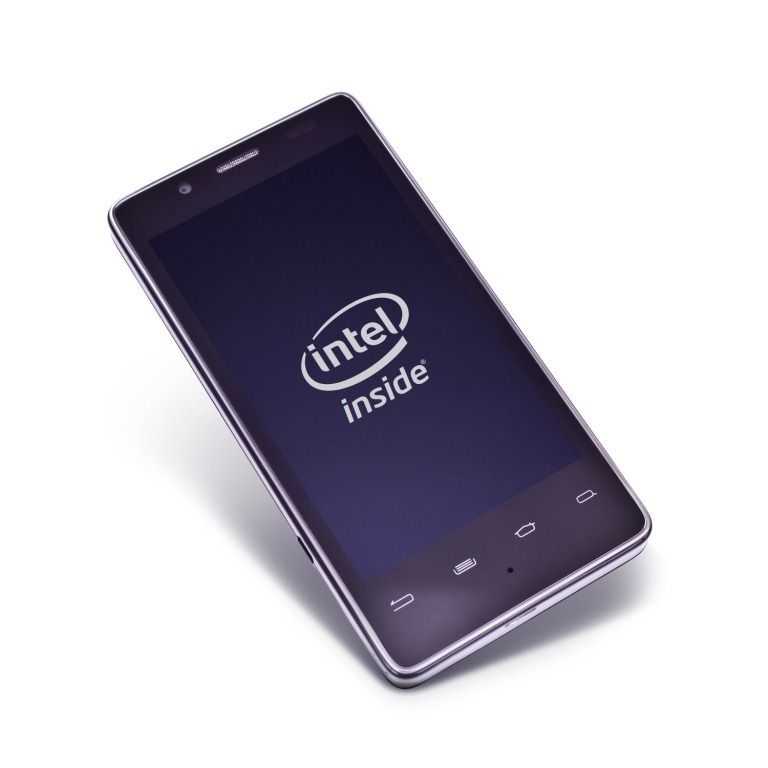
Intel Atom Z2580 Launched – Dual Core for High-End Smartphones and Tablets
Posted on 27 February 2012
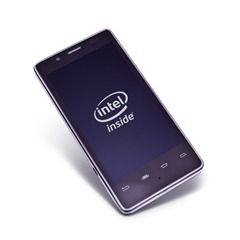 At a Intel press event, still going on as I write, Intel has just announced that Z2580 that we tipped earlier today. It’s a dual-core version of the current Intel smartphone platform which is capable of running Android x86 and other x86 software.
At a Intel press event, still going on as I write, Intel has just announced that Z2580 that we tipped earlier today. It’s a dual-core version of the current Intel smartphone platform which is capable of running Android x86 and other x86 software.
…the Atomâ„¢ Z2580 processor that doubles the performance of the Atom processor Z2460, and features an advanced multimode LTE/3G/2G solution. Intel will sample the Z2580 in the second half of the year with customer products scheduled in the first half of 2013.
In addition to the Z2500 series, there’s now a new Z2000 series at 1Ghz aimed at a lower-cost segment.
Addressing the growing handset opportunity in emerging markets where consumers look for more value at lower prices, Intel disclosed plans for the Intel® Atomâ„¢ processor Z2000.
The Z2000 is aimed squarely at the value smartphone market segment, which industry sources predict could reach up to 500 million units by 20151. The platform includes a 1.0 GHz Atom CPU offering great graphics and video performance, and the ability to access the Web and play Google Android* games. It also supports the Intel® XMM 6265 3G HSPA+ modem with Dual-SIM 2G/3G, offering flexibility on data/voice calling plans to save on costs. Intel will sample the Z2000 in mid-2012 with customer products scheduled by early 2013.
Also announced was news that Medfield will now be enabled to 2Ghz.
“Extending the leading performance and energy efficiency of the Intelâ„¢ Atom® processor Z2460, formerly codenamed “Medfield, inch Intel announced that the platform will now support speeds up to 2GHz. inch
More details if we get them in the press conference that continues…..

Intel Dual-Core Clover Trail for Phones, Tablets (And Win 8) Due Today
Posted on 27 February 2012
 Very quickly before we go to the next meeting I want to relay some reliable information I’ve had this morning about Intel’s next generation phone and tablet platform.
Very quickly before we go to the next meeting I want to relay some reliable information I’ve had this morning about Intel’s next generation phone and tablet platform.
Clover Trail (and CloverTrail +) is likely to be launched today.
The platform is Dual Core (that’s likely to be 2×1.6Ghz for Win 8 and Android Tablets) and there will be a version for smartphones.
Z2580 is the name of the platform.
More later today.
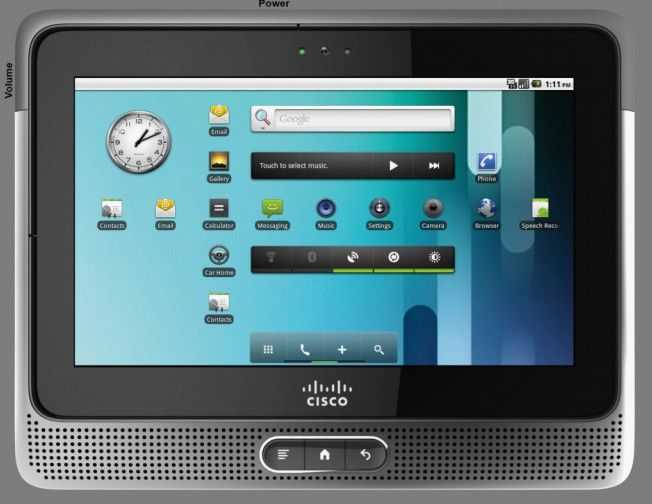
Cisco Cius. Video Review and Hardware Analysis
Posted on 10 August 2011
It’s clear that tablets are moving to the enterprise. The iPad has already infiltrated many markets (pilots are getting iPads to carry manuals for example) and you’ll find them in many media companies. Android is moving that way too with Honeycomb leaning towards touch and mouse input methods. The operating systems are moving forward quickly (although there are still many limits) and the apps are following. What about the hardware though? Can you plug a keyboard and mouse into an Android tablet and get to work in a corporate fashion? Cisco seems to think so and on analyzing some more information and hands-on with the Cisco Cius, I’m liking what I see. This is a very flexible thin-client and mobile computing device that could show the way for true pro-mobile computing solutions of the future.
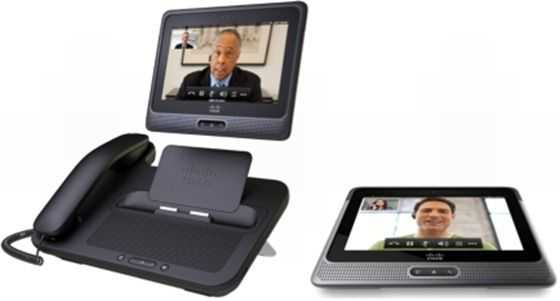
Android, Intel, Tablet are three words that many wouldn’t really expect to go together but it’s no secret that Intel have been working on Android for well over a year. They’ve been working on core items like power control and trying to dovetail the software with their new ultra-mobile platforms. The version of Atom inside the Cisco Cius is unique in that it can’t run Windows – another surprise from Intel. I also note that we’re seeing an non-Windows Intel tablet from a major brand here. Isn’t that what Intel wanted to do with MeeGo and Nokia?
Cisco Cius specifications, links, gallery available through our Cisco Cius information page.
Moving on, the tablet is only half of the product because the media dock is the really interesting bit. Docks are worth their weight in gold, especially when it’s one that’s a feature-rich as this.
- 3 USB ports
- 3.5-mm headset jack
- 10/100/1000-Gbps switch ports for wired connections and Power over Ethernet (PoE)
- Additional speaker for wideband hands-free communications
- DisplayPortâ„¢ to connect to a larger display for an immersive video experience and for a virtualized desktop experience
- Two handset options: standard and slimline
So lets summarise that as a quality docking station.
A bit more about the tablet software. It includes support for Cisco’s secure remote applications architecture. It’s thin-client for the big-boys basically and it integrates with cisco’s security, VPN and prioritisation support on their routers. A ‘VXI Endpoint’ is the Cisco term for this.
You’ve also got a Cisco marketplace with approved apps and a separate API and developer community. One assumes the IT people can remove access to the Google Market because that’s there too highlighting the fact that this is a fully approved X86 build of Android. Intel have done well to get past this point because it means a lot of value-add for their customers. One wonders if it could affect the value of Intels AppUp solution. The Cisco store includes apps from Citrix, VMWare and Wyse for remote access solutions although these are available in the market. [I’m using Wyse Pocket Cloud Pro to test Android to Vista server remote desktop right now. It’s nice to see Chrome on the Android screen.]
The Android build is only 2.2 unfortunately. Intel are working on Honeycomb but it’s not clear if Cisco will roll-out that upgrade for the Cius. I assume it would be a big software job.
Cisco Cius specifications, links, gallery available through our Cisco Cius information page.
Don’t forget that you’ve also got:
- HD video encoder hardware on the front facing cam. 720p 30fps should make for some great conferencing sessions. (Cisco WebEx is built-in)
- SIP support
- Removable battery
I’ve been looking around for reviews of the Cius and there isn’t much out there at the moment but the video below is worth a watch. It’s an honest overview from an owner who seems happy with the device overall but has a problem with battery life. Yes, you were wondering about that weren’t you. Intel, Tablets and battery life often don’t go together.
Take a look at the video below and you’ll hear a comment about the battery “draining like crazy.” It’s difficult to get a perspective on this comment so I asked the author. This is what he said:
I have the most current firmware and I would say the standby time is around 5 hours. It would around 3 hours if I used it regularly.
If we were talking about a small battery here I’d say ‘OK’ but we’re not. The Cius packs a 19Wh battery in 520gm. Here’s what Cisco say about battery life.
• Removable 5200 mAh battery• Battery estimated use times will be provided at a later date (battery is expected to last up to 8 hours for typical business use)
There’s quite a difference between 3hrs and 8hrs there. Given that this is a 2.2W TDP Morestown platform that should idle way down to sub 1w territory with Android, a screen-off, Wifi-on scenario should be returning at least 15 hours. With the screen on, add 1W. In-use, add another Watt and you should be at a minimum of 4hrs usage. I don’t understand what’s going wrong here. Maybe Intel have some work to do on the Android build still?
The video is worth watching because you’ll see smooth transitions across the board and you’ll see some apps demonstrated. I only wish we could have seen some benchmarks. Sunspider would be important as would Quadrant and a simple Benchmark Pi test. Is the browser based on Chrome rather than the Android browser? [Update: It uses the standard Android browser.] Are there any other special features hidden in the system settings too?
Apart from the battery life issue which needs to be confirmed, there are two other issues. This is a Wifi-only device right now which is not good for mobility. 3G is expected later this year via Verizon in the U.S.A. Secondly, you’re looking at $750 for the tablet and (my) estimated street price of $400 for the dock. It sounds a bit heavy for a thin client based on Android (considering I can do the same on my Iconia Tab wifi for about $500) but don’t underestimate the value of a rich dock. Charging, USB, headset, display port, gigabit Ethernet and handset is a lot of flexibility there. As for the tablet itself, yes, $750 is a lot for the hardware but this isn’t just any old Android hardware, it’s a software bundle too. The price is right in my opinion. This is a corporate solution so don’t forget, if you’re looking at 200 of these units, you’ll be getting a huge reduction on those prices. 30% at least.
What we need now is for someone to make a consumer version of the Cisco Cius. Drop the handset and the Cisco-specific software, fix that battery life issue, style it up a little and you could be looking at an interesting crossover Android device. Fingers crossed for a real browser on the Intel Honeycomb build. It’s on the Google TV build so why not on a tablet build?
Cisco Cius specifications, links, gallery available through our Cisco Cius information page.
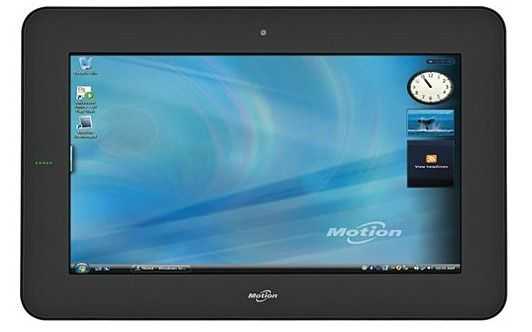
Oaktrail Windows Tablet Reviews Start Slowly at GottaBeMobile
Posted on 30 June 2011
A few days ago I found a CPU-Mark score for the ‘Oaktrail’ Z670 CPU. It confirms to us in no uncertain terms that the 1.5Ghz single core Atom CPU is, relative to other X86 CPUs, extremely weak and really no different from the first generation Atom CPUs that came before it. The difference with Oaktrail is that the memory and graphics speeds should be vastly superior to that which we saw on the ‘UMPC’ platform, Menlow, over the last few years. Coupled with quality components and good engineering it should be able to provide an acceptable Windows tablet experience and offer some interesting battery life scenarios too. In theory.
In practice we’re going to have to wait for more Oaktrail Windows tablet hands-on and it looks like the wait for the first Oaktrail based devices has finally come to an end. In Germany the Fujitsu Stylistic Q550 is now shipping and, even better, the guys at Gottabemobile have got both the Fujitsu Q550 and Motion Computing CL900 in their hands. Sumocat (@sumocats) has the Q550 and Chris Lucksted (@DangerousWit) has the CL900.
Lets start with the Q550 and it’s not a good start at all. A ‘bitter core’ is how Sumocat refers to the processor and in the video he’s included in his Fujitsu Stylistic Q550 review, you can see the tablet struggling to handle the Gottabemobile home page with flash turned on. This is an area where GPU, memory and disk speed have little affect because it’s mostly about the CPU working to render the page and execute javascript and flash a tough challenge and one that got worse since Atom was introduced. The performance we’re seeing here is nothing better than Tegra 2 tablets running Honeycomb. Again, back when Atom was introduced, there was no ARM competitor so this lack of CPU performance increase is now very apparent. Application startup time is fast though and, of course, you’ve got a full desktop operating system at your fingertips which is still the only answer for some customers but it seems obvious that this CPU performance issue is going to be a shock to many customers. Is it the same on the CL900?
Part 1 of the CL900 review series is already up. Unfortunately this article doesn’t include any comments about performance or battery life so we’ll have to wait although reading this line was quite the tease…
a 43 WHr battery providing up to 8 hours of runtime with a 4:1 work/charge ratio allowing the CL900 to charge from zero to full in two hours.
I’m not sure if that’s the marketing talking there or the real world testing. An average 5W drain would be something to talk about. Flipping back to the Q550 review you’ll see some discussion of that in the comments. Sure enough, with the screen brightness turned low, but still usable, there was an indicated 8hrs battery life on the Q550. This is with the 4-cell, 38Wh battery which means Oaktrail is indeed running in a very low power envelope.
It’s the power-envelope that’s the key here. It’s allowed the 10 inch Windows tablet design to drop the fans and shrink to under 2lb (about 800gm.) The question is, is it fast enough? The trade-off could be too much for some, especially as we’re talking about pro-mobile users here. The Q550 customers aren’t exactly casual internet users.
I’ll be interested to see some SSD speed tests and GPU tests done on the Oaktrail platform and to do some more tests on the SSD (which could, in theory, be struggling and blocking if it’s not good enough.) We’ll also have to wait for more tests. The CL900 part 2 review is expected today.
 |
| |||
 |
| |||
 |
| |||
 |
| |||
 |
| |||
 |
| |||
 |
| |||
 |
| |||
 |
| |||
 |
|

